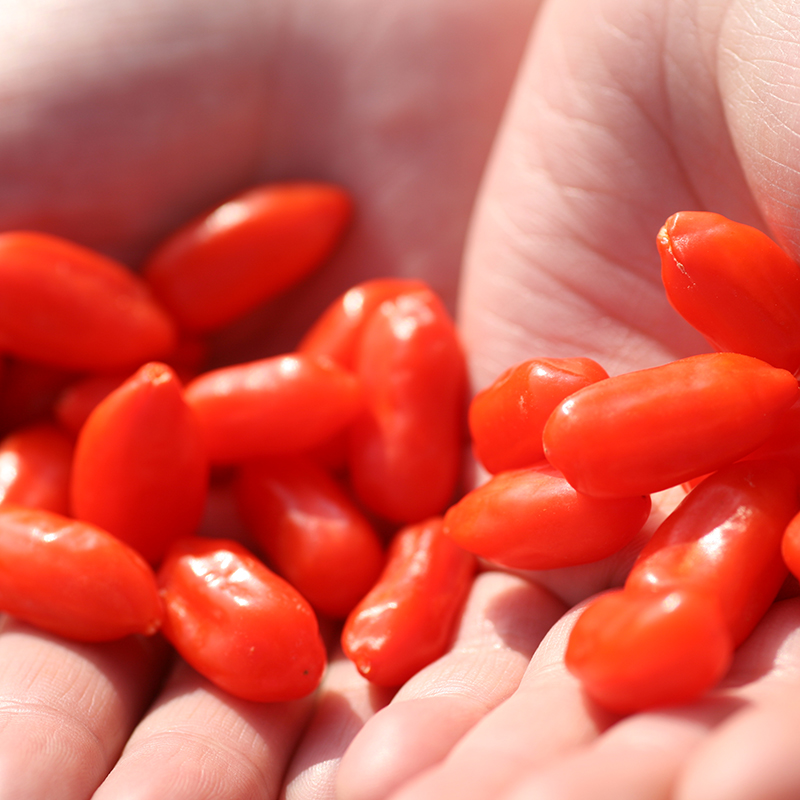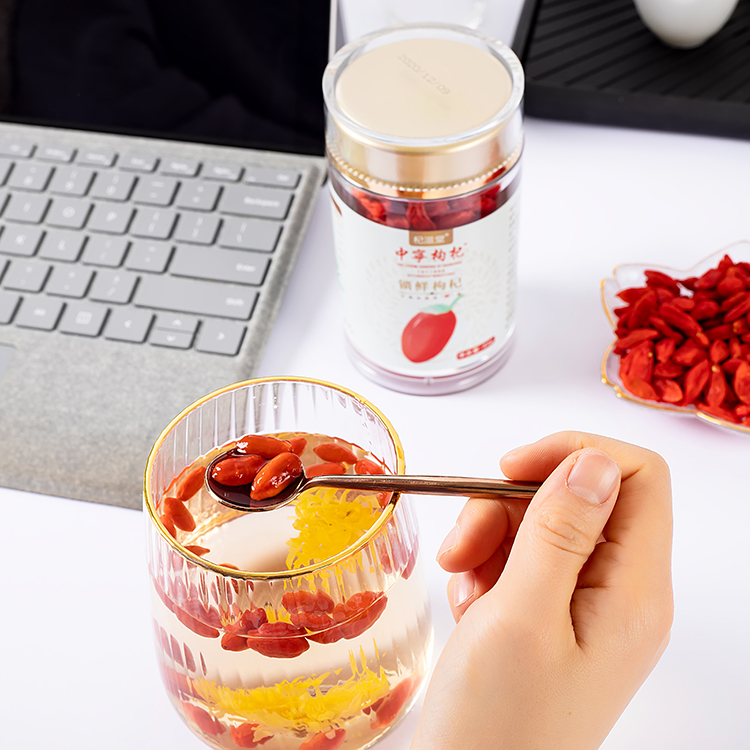1. Guangliang You 35, a two-line hybrid mid-season rice variety developed by the Liyang Academy of Agricultural Sciences. Passed and approved by Hubei Province in 2011, it is suitable for the cultivation of mid-season paddy rice disease-free or mild disease areas outside Hubei Province in Hubei Province. This variety is a late-maturing type of mid-season rice. The plant type is moderate, the tillering power is strong, and the growth potential is more prosperous. It turns well when it is mature. The main physical and chemical indicators of rice quality reached the national standard for quality rice in the second grade. In the two-year regional experiment, an average of 667.15 kilograms was produced at 667 square meters, an increase of 4.78% over the control Yangliangyou 6. In northern Hubei, sown in mid-April, Jianghan Plain and East Hubei and other places sown in late April to early May. In Daejeon, 667 square meters of seed use 1 kg. The age of 30 to 35 days. The age of adopting two stages of breeding should be controlled within 45 days. Daejeon shallow water irrigation, timely drying time, cut off the water a week before maturity. Focus on the prevention and control of rice blast, pay attention to the prevention and treatment of rice smut, sheath blight and aphids, rice planthoppers and other pests and diseases. 2. Guangliangyou 15 A two-line hybrid mid-season rice variety developed by the Huanggang City Academy of Agricultural Sciences. Passed and approved by Hubei Province in 2011, it is suitable for the cultivation of mid-season paddy rice disease-free or mild disease areas outside Hubei Province in Hubei Province. This variety is a late-maturing type of mid-season rice. The plant type is more compact, the plant is taller, the tillering power is medium, the growth potential is strong, the stem is thick, and the stem segments are curved when mature. It is better to switch colors when mature. The main physical and chemical indicators of rice quality reached the national standard of three quality rice quality standards. In northern Hubei, sowing in mid-April, Jianghan Plain, Eastern Hubei and other places sown in early May, Putian 667 square meters sowing volume of 12.5 kg, Daejeon 667 square meters with a seed amount of 1 kg. Age 25 to 30 days. Daejeon's fertilizer management adopts the “pre-heavy, medium-control, and post-stabilization†fertilization method. When 667 square meters of seedlings reach 200,000, it will be drained and dried, and appropriate sun exposure will prevent lodging, and the water will be cut off 1 week before maturity. Focus on the prevention and control of rice blast, pay attention to the control of sheath blight, false smut, bacterial leaf blight and aphids, rice planthoppers and other pests and diseases. 3. Hubei Potato 8th Hubei Enshi Southern China Potato Research Center was bred. In 2010 passed the national certification. It is a mid-late-maturing fresh food species suitable for planting in western Hubei, northern Yunnan, Sichuan Xichang, Chongqing Wanzhou and southern Shaanxi. Middle and late cooked fresh food species, growth period 89 days. In production trials in 2009, 1293.3 kg of tuber produced 667 square meters, an increase of 20.4% over the control Mira. The area below 1200 meters above sea level is sown in the region from late November to December and above 1200 meters from February to March. Planting with buds and transplanting potatoes should be adopted. The planting density is generally 4,000 per 667 square meters, and covers 2500 to 2400 strains. The base fertilizer was re-applied to organic fertilizer, phosphorus and potassium fertilizers were applied, and Miaofei was applied in a timely manner. Timely soil, high ridge. Timely prevention and treatment of late blight, low-altitude areas to prevent and control 28-star ladybug. 4. E watermelon 15 Hubei Province Academy of Agricultural Sciences Economic Crop Research Institute, Hubei E Vegetable Agricultural Science and Technology Co., Ltd., Urumqi Golden Avenue Seed Co., Ltd. Breed watermelon varieties. In 2011, it passed the certification of Hubei Province and is suitable for planting in the watermelon production areas in Hubei Province. Precocious watermelon seeds. Plant growth is stronger. Very few plants have two consecutive female flowers. The fruit is oval in shape, dark green in the peel and covered in dark green mesh. The average total growth period was 98.7 days. From the opening of the female flower to 29.3 days of fruit ripening, the fruit setting position was 14.0 knots. The fruit setting rate was 161.2%, the single fruit weight was 2.10 kg, and the fruit peel was 1.03 cm thick. The edible rate was 56.52%. Humidity and drought resistance are strong, and the resistance to anthracnose, disease, virus disease, blight, and wilt disease is comparable to that of Hubei watermelon. In 2010, there were 2,091.32 kilograms of 667 square meters, which reduced production of 8.78% than Hubei Watermelon 13. Avoid heavy weight. The drylands require a 5 to 7-year interval, and paddy fields require an interval of 3 to 4 years. Nursery transplanting. The mulching cultivation was planted in the middle and late March and the open field cultivation was planted from late March to early April. Nutrient seedlings 3 leaves 1 heart transplanting, generally 667 square meters planted around 650 strains. Timely pruning pressure vines, three vine pruning, select the main vine 3rd female flower or side vine 2nd to 3rd female flower fruit, leaving 2 fruit per plant, banned root melon. If there is low temperature and rainy weather during fruit set, artificial assistant pollination shall be conducted in time. Pay attention to fruit thinning and early removal of bruises, deformed fruit, and pests and fruits. The base fertilizer is dominated by organic fertilizers, and nitrogen, phosphorus and potassium are used in combination. Pay attention to the appropriate application of phosphorus and potassium fertilizers. During the expansion period, the management of fertilizer and water should be strengthened to control the amount of nitrogen fertilizer to prevent malformed fruit, cracked fruit and hollow fruit. Pay attention to pest control, and timely harvest. 5. E Tea 11 The tea tree varieties bred by the Institute of Fruit Tree Tea of ​​the Hubei Academy of Agricultural Sciences. In 2011, it passed the verification of Hubei Province. Suitable for tea planting in Hubei Province. Shrub-type, middle-leaf, early-growth species. Shuzi half open, moderate branching. The leaves are horizontally shaped, elliptic, flat and shiny, with slightly folded leaves and moderate leaf quality. The buds grow faster, the internodes are longer, light green, and the hairs are medium, and 1 bud, 2 leaves and 100 buds weigh about 34 grams. The germination is neat, the budding ability and the tenderness are strong, and the budding period of 1 bud and 1 leaf in the Wuhan area is generally in the middle or late March. Cold, drought and strong quality. From 2005 to 2010, trials were carried out in Wuhan, Xianning, and Xiaogan. Five-year-old tea leaves produced 270 kilograms of fresh leaves at 667 square meters. Select an acidic sandy red and yellow loam soil with a thick soil layer and a pH of 4.5 to 6.5. Before the construction of the garden, the soil shall be fully deep-rooted more than 50 cm or the trough shall be 50 centimeters deep and 70 centimeters wide, and the base fertilizer shall be sufficient to improve the soil. Double row planting specifications are 150 centimeters, 30 centimeters, 30 centimeters, 2 plants per hole, 4000 to 6000 plantings at 667 square meters; single planting specifications are 150 centimeters and 30 centimeters, 3 plants per hole, and 4,000 plants at 667 square meters. 6. Bean Variety, cultivated in Puyang City Academy of Agricultural Sciences. In 2011, it passed the verification of Hubei Province. Suitable for planting in Hubei Province. The medium-maturing cowpea varieties generally grow from sowing to harvesting in the spring for about 60 days, and are planted in the autumn till they are harvested for about 50 days. Plants grow in an infinite growth type and grow stronger. The main stems are thick, light green and medium in branching. Three compound leaves, medium and large leaves. The first flowering section is in the second to fourth section of the main stem and is white in color. The number of pods per plant is about 18, with green light, straight ridges, smooth sorghum, no tail, no drum grain, about 65 centimeters in length, and about 27 grams in weight. General spring sowing 667 square meters of fresh produce 2000 kilograms. Spring sowing cultivation in early April sowing, about 3700 holes per 667 square meters, colonization of 2 to 3 plants per hole. Moisture management grasps the principle of proper control before flowering and appropriate increase after scab, and pays attention to draining of gutters to prevent waterlogging in fields. 5 to 6 leaves can be framed; timely removal of the main vines below the first bud lateral buds, timely topping topping. Pay attention to the control of diseases such as mycoticosis, root rot, rust, viral diseases, and locusts, legumes, and ground tigers.
Dried Wolfberries Nutrition Facts
1 - Contain 18 amino acids.
2 - Contain 21 trace minerals.
3 - Contain more protein than whole wheat.
4 - Contain B-complex vitamins.
Goji berries (also known as Wolfberries, Lycium barbarum), have been used in Asian herbal medicine for over 5,000 years and has been regarded as one of the most nutrient-rich foods on earth.
The specifications of Dried Goji Berry are distinguished by the number of grains per 50g. The smaller the number of grains per 50g, the larger the grains of each Dried Wolfberry fruit. Generally, the wolfberry with 180 grains per 50g is the least on the market and the most popular.
Specifications of Organic Dried Goji Berries:
180 grains/50g,
220 grains/50g,
250 grains/50g,
280 grains/50g,
370 grains/50g,
500 grains/50g,
550 grains/50g,
580 grains/50g, etc.
Ways of eating Organic Natural Dried Wolfberry:
Eat directly,
Tea,
Soup,
Chinese medicine formula,
Baking ingredients,
Beverage ingredients
Organic Natural Dried Wolfberry Function:
â—Reduce cholesterol.
â—Anti-cancer.
â—Support normal kidney function.
â—Will-being.
â—Support healthy liver function.
â—Support eye health and improves vision.
â—Balance blood pressure and serum sugar.
â—Treat sexual dysfunction.
Dried Red Goji Berry,Organic Red Goji Berry,Chinese Red Goji Berry,Fresh Red Goji Berry,Fresh Red Goji Ningxia Red Power Goji Co., Ltd. , https://www.redpowergoji.com


Six new varieties of Hubei Agricultural Science and Technology Innovation Center
